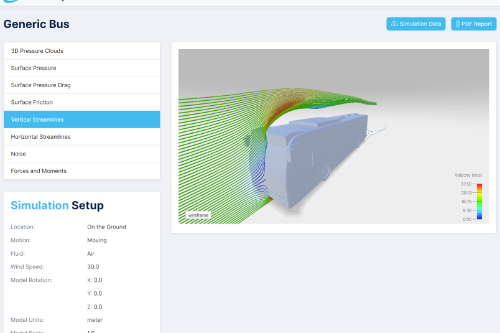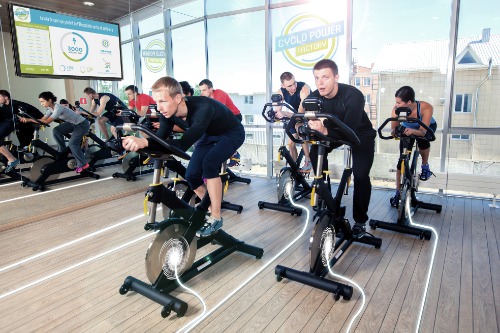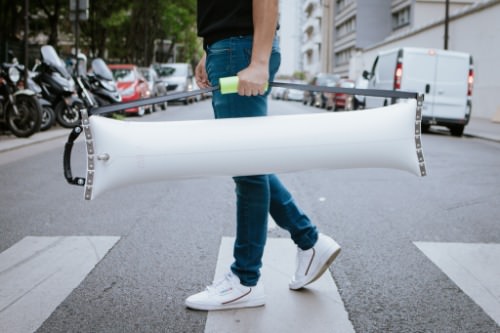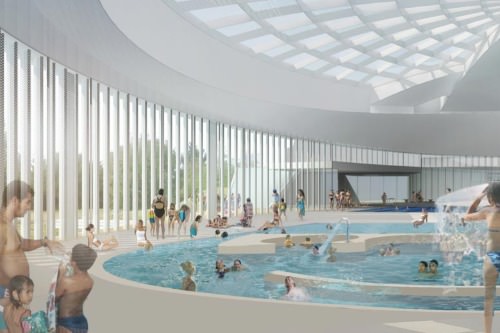News - June 11, 2021
A summer of sports: a look at sustainable trends in elite competitions


Written by Alessandro Gaillard 3 min read
All of a sudden, we find ourselves with a summer full of sports.
While 2020 saw both the European Football Championship and the Olympic Games get postponed due to the pandemic, 2021 gives sports fans a reason to come out of hibernation. Add to Euro and Olympics the Copa America, le Tour de France, the Paralympics, Wimbledon, and the US Open, and you'll find that 2021 will be one of the most sporty years in history.
And even though the pandemic's continuous presence means fewer visitors in stadia and smaller public gatherings, their impact on the environment was and is still considerable.
We will focus on how some of these events have prepared in terms of sustainable infrastructure and practices, what more can be done and what is being done elsewhere.
Euro 2020
The environmental impact of UEFA’s Euro 2020 was always going to be higher than usual because the event is hosted across the continent. Games will be played in London, in Rome, in Baku, in St. Petersburg, etc. and teams (along with their fans) will have to travel longer distances. However, all games will be hosted in pre-existing venues, venues that have been restructured in part to reduce their carbon-footprint.
The Amsterdam Johan Cruyff Arena, for example, has a retractable roof covered with more than 4000 solar panels and rain collectors that are used to water the turf. The stadium has its own windmill, its escalators generate energy, and most importantly its own energy bank stocking more than 3 megawatts of electricity through the recycling of old car batteries. The stock allows the Arena to shave energy peaks, discard its old diesel generator and weaken its impact on the local energy grid during major events. This is the kind of event that can be a catalyst for clean technology adoption, and cities such as Amsterdam are leading the way.
The labeled solution that can help:
Flexikeg: This solution, labeled in 2020, is one for the fans. Euros are always a good opportunity to party, with moderation. Flexikeg is a 100% recyclable, reusable & eco-friendly keg with important logistics costs savings. Imagine this applied to all fan zones, stadia and bars welcoming fans from across Europe! If we take into consideration that 15 000 liters of beer were consumed during the FIFA World Cup final in 2018 on one public square in Saint-Etienne, France (170k inhabitants), and we apply it to 500M Europeans, we can easily envision the benefits of such a technology.
Tour de France 2021
The greatest and biggest cycling race in the world is a moving city, travelling across France for three weeks. Its environmental impact has been a topic of discussion for years. The cyclists are followed by their team’s cars, ready to give them mechanical assistance, by the doctors’ cars and the organisation’s. The peloton is anticipated on the road by the ‘caravane publicitaire’, a massive queue of cars and trucks distributing products, covered in plastics, to fans. A study from 2013 calculated that the Tour produces 341 000 tons of CO2 emissions.
In 2021, cars will be hybrid or electric for the first time, and organisers claim they have removed 100% of the plastic packaging this year. More measures put into place this year, including banning the riders from throwing their plastic bottles into the adjacent fields, can be found here.
The labeled solution that can help:
Cyclo Power Factory: No, we are not asking for the Tour to be held on home bikes producing power. However, Tadej Pogacar and other elite riders are always seen warming up on home bikes, but also warming down after a difficult stage, to get rid of lactic acid. This bike unit, during workout sessions, feeds power into the internal electrical grid of the house or building. Seeing how much watts cyclists produce, it could power the entire caravan!
This is an outlook and goes further with organisations such as the Green Sport Alliance, European Football For Development Network or the Green Sport Program, financed by the European Commission, are putting into place structural changes, educational programs and guidelines to make the world of the sports we love a place for change and progress. The 1000+ Solutions portfolio has plenty of technologies, services, softwares or hardware to make sport events greener. The Guide, coming up later this year, will provide organizers the info they need to reduce their impact on the environment.
For more information on our sports capabilities, contact alessandro.gaillard@solarimpulse.com .
More sport related solutions:
Elena Piscines: a new, more efficient type of public swimming pools, allowing for more than 34 tons of CO2 avoided per year. The principle is simple: the right amount of fresh air at the right time to guarantee excellent air quality, optimal hygrothermal comfort, preservation of the equipment and building and a reduction of energy consumption due to air treatment.
FGWRS: already in use at Roland Garros, where it recycled more than 23m3 of drinkable water, FGWRS helps preserving drinking water resources within a genuine circular system that both recycles greywater and saves energy. The system works thanks to membranes processes and technologies that allow to treat greywaters as soon as they are collected.
Air Shaper: AirShaper is an online tool for optimizing the aerodynamics of products & vehicles. It can be used to reduce fuel consumption of vehicles, increase the range of UAVs, increase the performance of sporting equipment and reduce wind loads on solar panels. It aims at solving the typical barriers encountered with aerodynamics simulations.
Our catalogue of 1000+ solutions can be found here.

Written by Alessandro Gaillard on June 11, 2021





